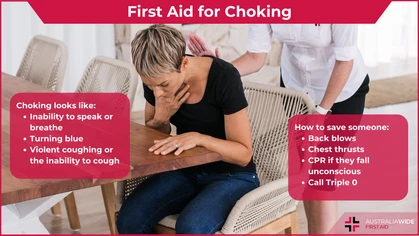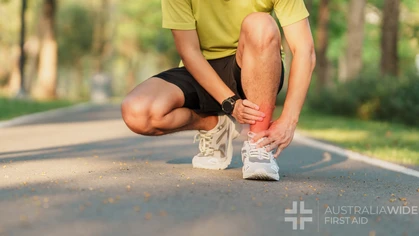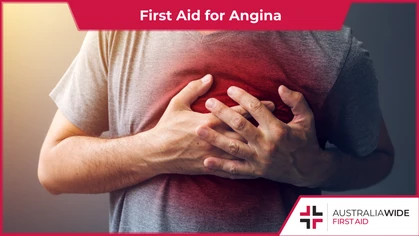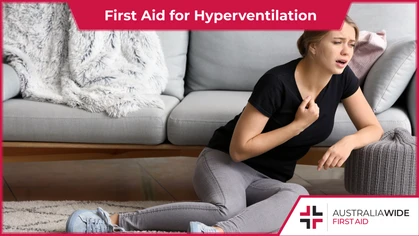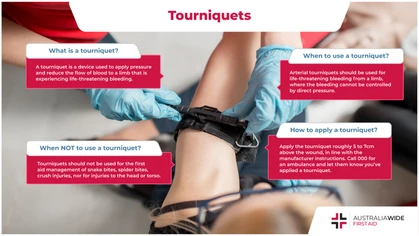First Aid for Hypoglycaemia

How-To
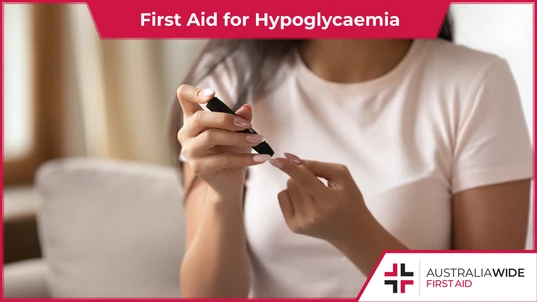
Hypoglycaemia is a dramatic imbalance where the tissues become starved of essential blood sugar. It is common in people with type 1 diabetes, who use blood glucose meters (pictured) to test and help manage their blood sugar levels.
Hypoglycaemia is when your blood sugar levels drop so low that your body is unable to function. Hypoglycaemia is life-threatening and if sugar levels are not regulated immediately, it can end in fatality. Diabetics are most at risk of experiencing a hypoglycaemic emergency. Diabetes is a condition that causes an imbalance in the body’s ability to regulate and manage blood sugar levels. It is estimated that one in twelve Australians have diabetes. Hypoglycaemia is often associated with type 1 diabetes and can potentially be fatal if not treated immediately. Only 18% of diabetics have type 1 diabetes. If you are interested in learning more about first aid for hypoglycaemia, enrol in one of our first aid courses: Head to our website to find a course near you - we have locations all across Australia.Introduction
Hypoglycaemia is when your blood sugar levels drop dramatically. The body needs sugar (glucose, carbohydrates etc.) to function, particularly the brain. If the body is unable to access sugar for a period of time, it will start to shut down.Causes
Normally, the body produces insulin, a protein that helps it utilise and regulate sugar (glucose) to cells and organs throughout the body. For people who have type 1 diabetes, their bodies are unable to produce insulin. They need to manage their insulin medication dose with the amount of sugar they eat. If not managed correctly, hypoglycaemic emergencies can occur. Hypoglycaemia can also occur with an imbalanced or unhealthy diet, or when the body has not received enough sugar or food. Ongoing hypoglycaemia not related to diabetes may indicate irregular metabolism, hormone levels or organ malfunction. Regulating insulin shots with the amount of food or sugar you consume is important. Type 1 diabetes hypoglycaemia is especially dangerous with a rapid onset leading to unconsciousness and fatality. Common causes of low blood sugar levels include:- Drinking alcohol without food
- Missing, skipping or delaying meals and snacks
- Not eating enough carbohydrate (starchy) food
- Too much insulin or diabetes tablets
- Unexpected physical activity without eating extra food
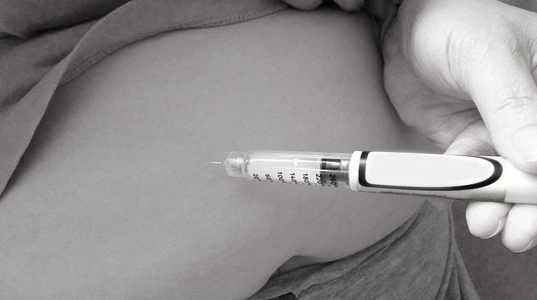
Hypoglycaemia is common in people who have type 1 diabetes and are unable to produce enough insulin to help their body use sugar as energy. As such, they take insulin shots (pictured) to manage their blood sugar levels.
Symptoms
When the brain does not receive enough sugar, it can begin to shut down. As such, hypoglycaemia can appear as:- Low blood sugar
- Pale
- Profuse sweating
- Hunger
- Light headedness or dizziness
- Headache
- Tingling around the mouth and lips
- Slurred speech
- Confused or aggressive – may appear to be drunk
- Rapid pulse
- Shaking, trembling or seizures
- Tiredness or weakness
- Drowsiness may lead to becoming unconscious
First aid
- Encourage the casualty to cease any exercise and to rest, and provide them with reassurance
- If conscious try to have the casualty eat one of the following: 5 – 20 jelly beans (depending on brand), 4 to 5 glucose tablets (4 gram), 200ml of soft drink, fruit juice, or other sugary drink (not diet, or sugar free, or zero, or low-cal), 2 – 4 teaspoons of sugar or honey, or 100ml of Lucozade
- Monitor closely for 10 minutes
- If no improvement within 10 - 15 minutes, call Triple Zero (000) for medical advice and repeat step 2
- If casualty deteriorates, follow DRSABCD
- If casualty improves, assist with medication and encourage ingestion of carbohydrate (starchy) food such as a piece of fruit, glass of milk, sandwich or 2 – 4 dry biscuits
Prevention
Hypoglycaemia can be easily prevented for people without diabetes by eating regularly and ensuring your body has enough fuel in the form of food. For diabetes related hypoglycaemia, regulating your insulin medication alongside your diet is important. Check blood sugar levels regularly, alongside managing times of strenuous exercise and alcohol consumption. Carry a hypo kit with you, let your friends and family know about your condition. This means they will be able to better help you should an incident occur.Final thoughts
Hypoglycaemia is when your blood levels drop so low that your body is unable to function properly. It is most common in type 1 diabetes and can be fatal if not treated immediately. Preventing hypoglycaemic emergencies is about managing and regulating the amount of insulin and sugar in the body. If you are interested in learning more about first aid for hypoglycaemia, enrol in one of our first aid courses: Head to our website to find a course near you - we have locations all across Australia.
Originally published at
https://www.australiawidefirstaid.com.au/resources/first-aid-for-hypoglycaemia
as part of the Australia Wide First Aid Articles Library
